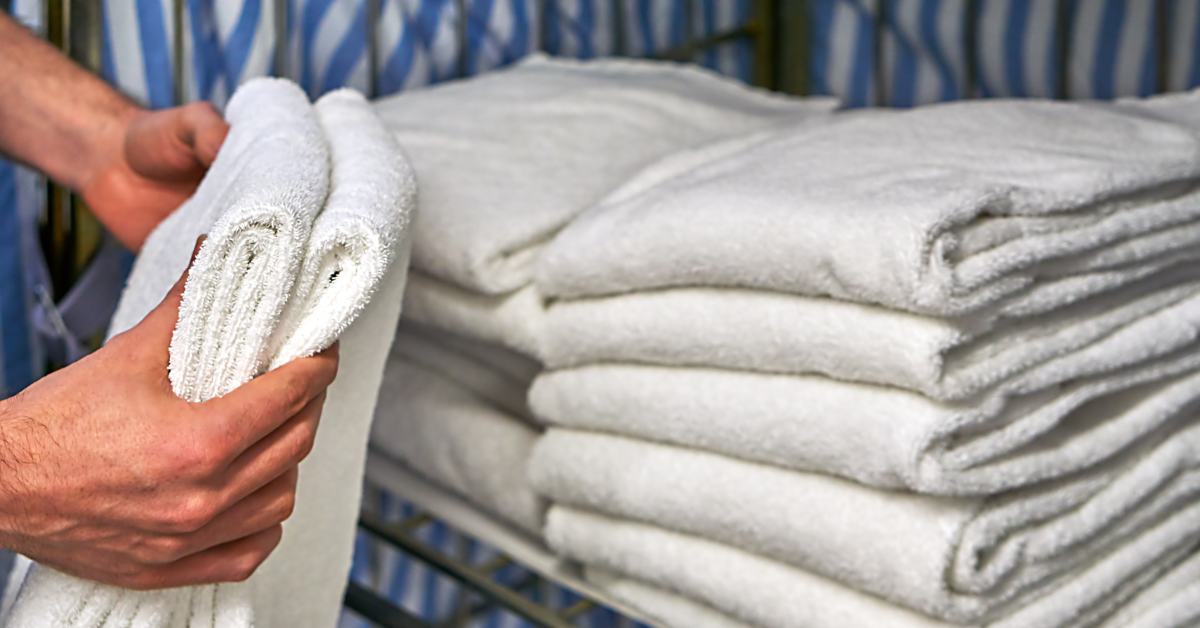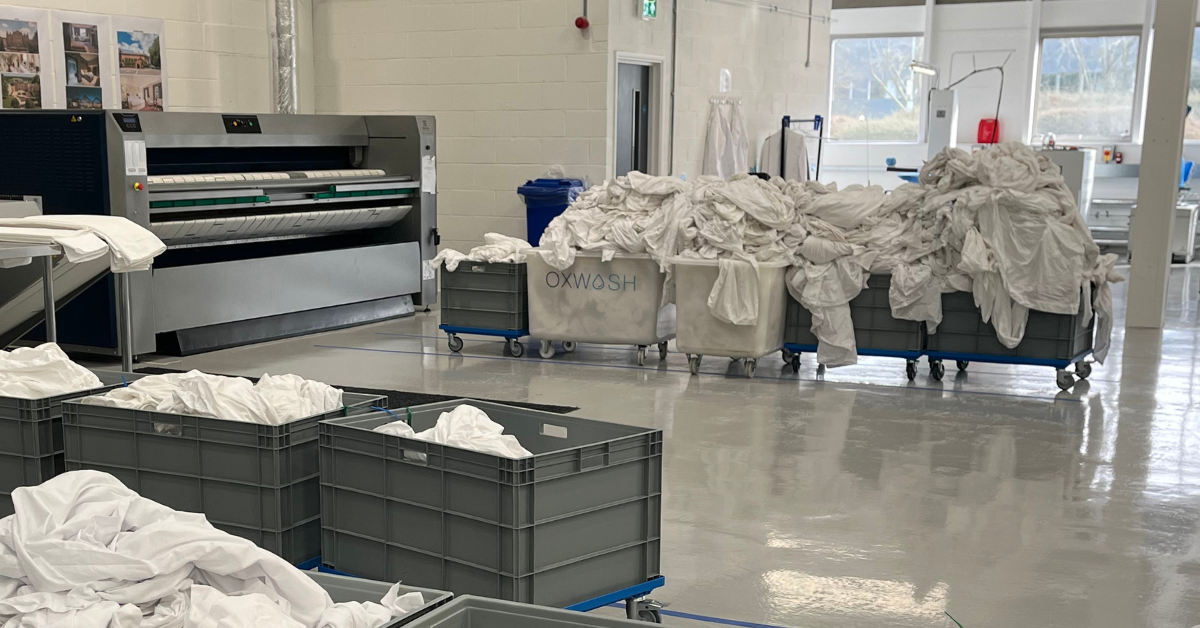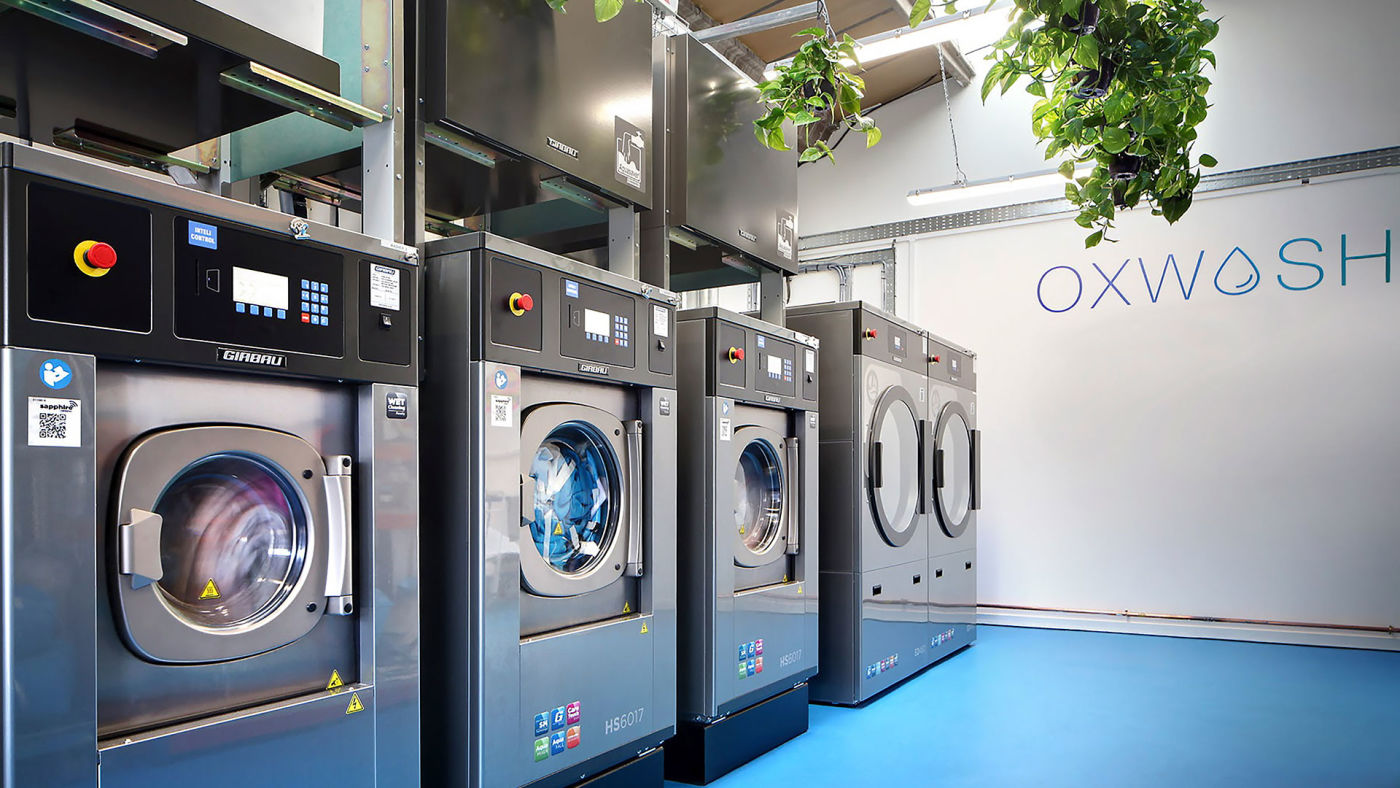Microfibres: Invisible and Deadly


Tech & Science
What are Microfibres?
Microfibres are those pesky little threads that come off clothing or linen when you put a wash on. They are a synthetic fibre that can come from natural synthetic textiles such as cotton, linen, wool, and silk, or from synthetic compounds including acrylics, polyesters, polyamides and polypropylenes. They are microscopic in size and are usually measured in microns (μm). Microfibres can be tiny pieces of plastic (yes, plastic!) classed as microplastics.
You may be thinking ‘My clothes are not made of plastic!’ However most synthetic clothes nowadays are made from recycled plastic. This may sound like a good solution with plastic pollution the highest it has ever been, but it also brings microscopic problems. When you put a wash on at home, the spin of the machine causes the loosening and shedding of these microfibres. The more you wash and wear a piece of clothing the more microfibres fall off, vicious cycle, right? Unfortunately, the materials are too fine for the water filter on our machines at home. This leaves the microfibres to travel from the drain, into the sewer system, and finally the sea.
Why are they so toxic?
This may not sound like a catastrophe, some clothes fibres got into the sea, what’s the big deal? But when you look closer you might change your mind.
Contamination of Aquatic Biomes
When microfibres get deposited into aquatic biomes they absorb the toxic materials around them. Absorbing these heavy metals and oils can cause them to become contaminated, and double in size. Expanded fibres can then cover water surfaces, decreasing the oxygen availability. Microfibres are also hazardous to the inhabitants of these areas. For example, fish often unknowingly ingest these fibres, and microfibres have also been found in the stomachs of sea birds, plankton, and human fat tissue.
Terrestrial Biome Contamination
Before pollution affects aquatic biomes, microfibres are often disposed of on land (terrestrial biome). Terrestrial contamination is “inter-connected with the aquatic system”. These microscopic pests can end up in agriculture fields, soils, and drinking water from contaminated “sewer sludge”, that we use as biofertilizer. They are abundant even in the air we breathe. Now these fibres are being consumed by land, wildlife and us - from our drinking water to the food we eat. Knowing that is enough to make anyone feel queasy. The most alarming fact about these micro pollutants is the chemical by-products they produce from the industrial manipulation to increase product longevity and stability. They are now contaminated in themselves with hazardous monomers, additives and chemical by-products. For example, the use of flame-retardants in clothing cause the accumulation of “polybrominated diphenyls (PBDEs)” or a plasticiser which stabilises fibres. Studies have documented the toxic damage of these compounds in humans and wildlife. Such properties make microfibres non-biodegradable and completely resistant to ecological degradation.
This allows them to build up in our ecosystems and stomachs, forever. Ultimately these microfibres change the biotas of these ecosystems and “the geo-chemistry and biophysical atmosphere... creating environmental toxicity”. All from something so small. If you are like me, the fact that these micro plastics end up in our stomachs doesn’t sit well. Research on the health implications of humans consuming microfibres is still in its infancy. Nonetheless, the presence of fibres in our stomachs, liver, kidney, spleen and lungs have been widely documented. Both chemical and physical pathways have been implemented in the exposure to microfibres who hitch a free ride into your bloodstream where they have been shown to cause inflammation, oxidative stress, immune response, effects on nutrient uptake and gut microbiota. Not fun. Finally, those chemical additives discussed above such as BPA or PBDEs expose our tissues and systems to long term toxicity, such that can cause cancers, however research here is lacking. But fear not there is alight at the end of this tunnel.
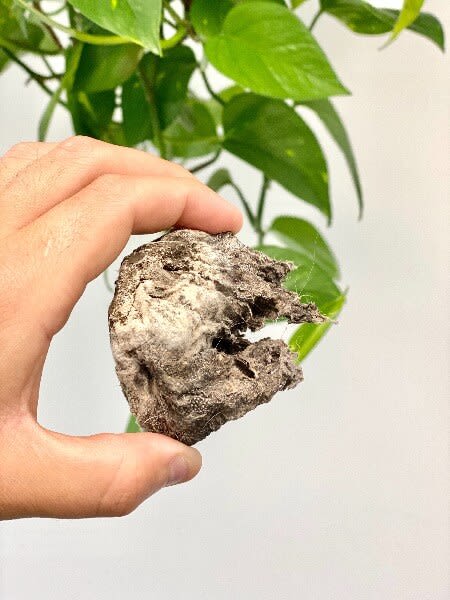

How can we reduce microfibre pollution?
There are ways to reduce Microfibre pollution, and it can eventually stop, however it is an unfortunate truth that this will not be happening in the near future due to their widespread use. Our continued industrialisation and urbanisation have created such a high demand on the production of clothing that synthetic materials are quintessential. Cotton, silk, and other natural materials simply do not cut it anymore. Whilst the industrial sectors are implementing changes, they are not a solution. Microfibre filters, laundry bags, pre-washes, resin coatings, and fibre catching balls are just a step in the right direction. To deal with microplastic pollution, we must confront the problem at the source.
The textile industry needs to rethink the way our clothes are manufactured and the type of materials used. Sustainability and longevity need to be put first. If clothes are manufactured using non-toxic materials, they will last longer, and create less of a risk of pollution to our ecosystems. Consumers also play a part in reducing our microplastic pollution, by reducing the amount of consumption, use and washing we reduce waste. It all starts with mindfulness, being more aware of the problem and what you can do about it. Although this does not entirely fall on the consumers shoulder, companies can educate and advertise accordingly to inform the public.
7 Ways You Can Help Reduce Microfibre Pollution
By following the below steps you can help reduce the amount of microfibres that come off during a wash. As well as this, you can also help by lowering energy and water consumption.
1. Be aware of the type of clothing you are buying, check that label and buy fewer synthetic clothes.
2. Reduce the amount you use your washing machine.
3. Reduce the amount of detergent you use.
4. Lower the temperature you wash at.
5. Invest in a washing machine with a microfibre filtration system installed.
6. As a cheaper option, you can buy a microfibre filter for your existing machine.
7. Use a laundry service with known filtration systems. With Oxwash, you can ensure your microfibres are filtered and recycled.
Related Articles
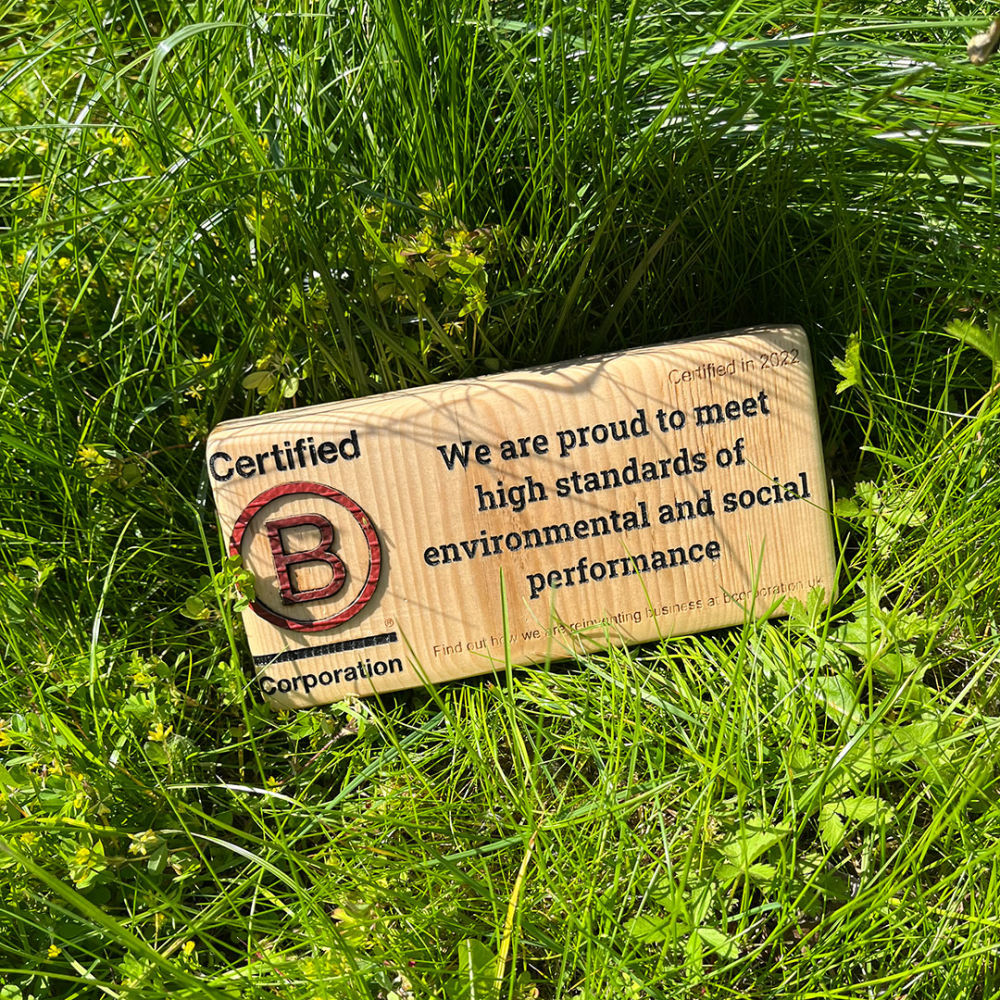

B Corp™ certified.


Surpassing NHS-grade disinfection.




